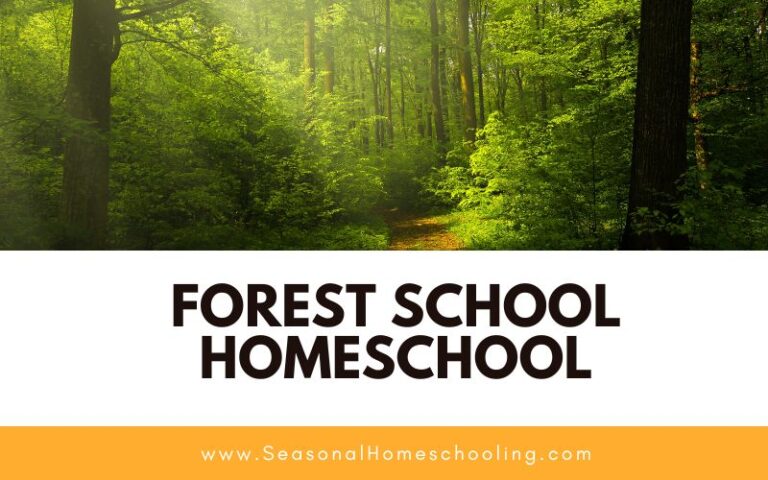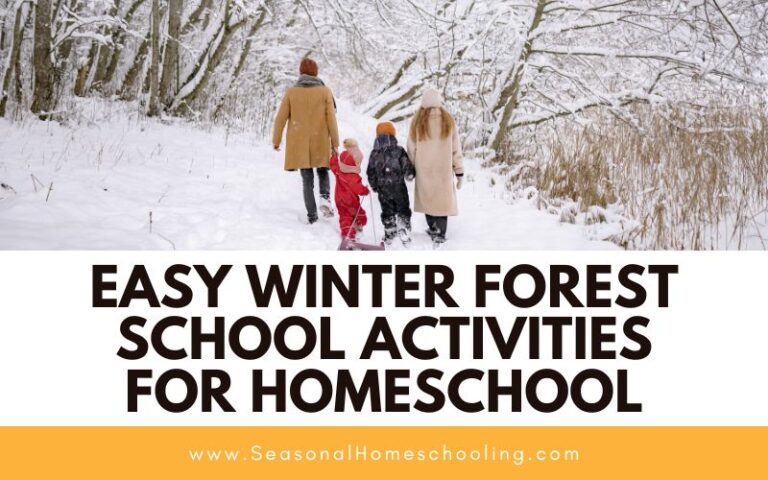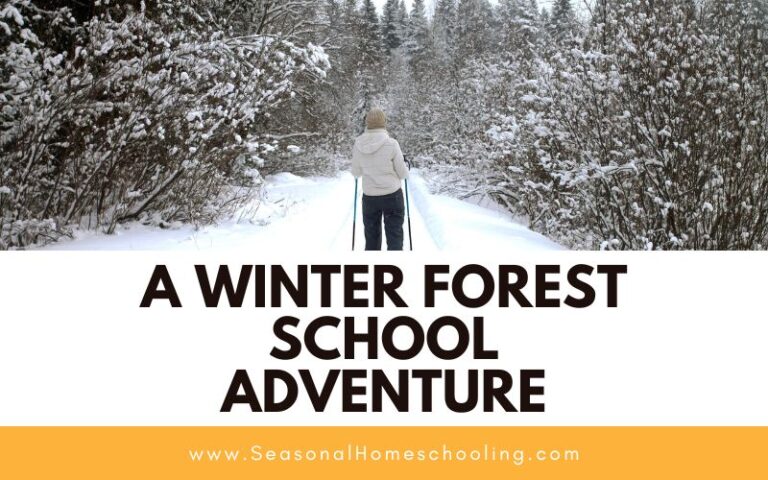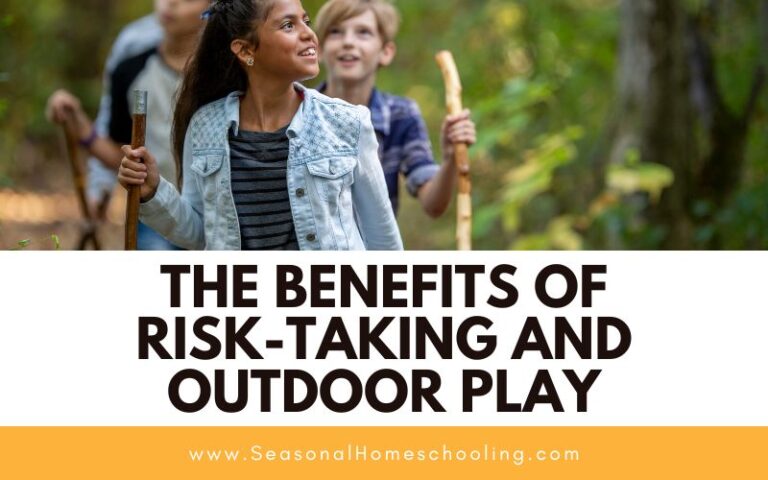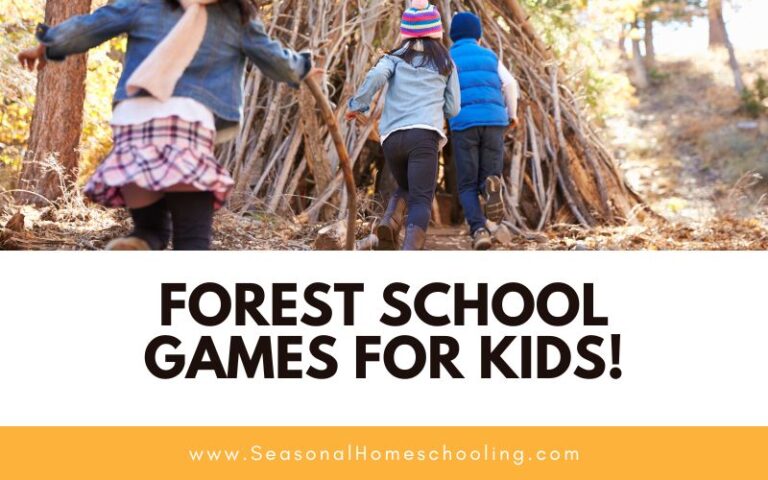Forest School Summer Camp
Summer is just around the corner, and as homeschooling parents, we’re always looking for ways to keep our kids engaged and learning during the break. One great way to do that is by planning a forest school summer camp for your kids, and maybe some friends!
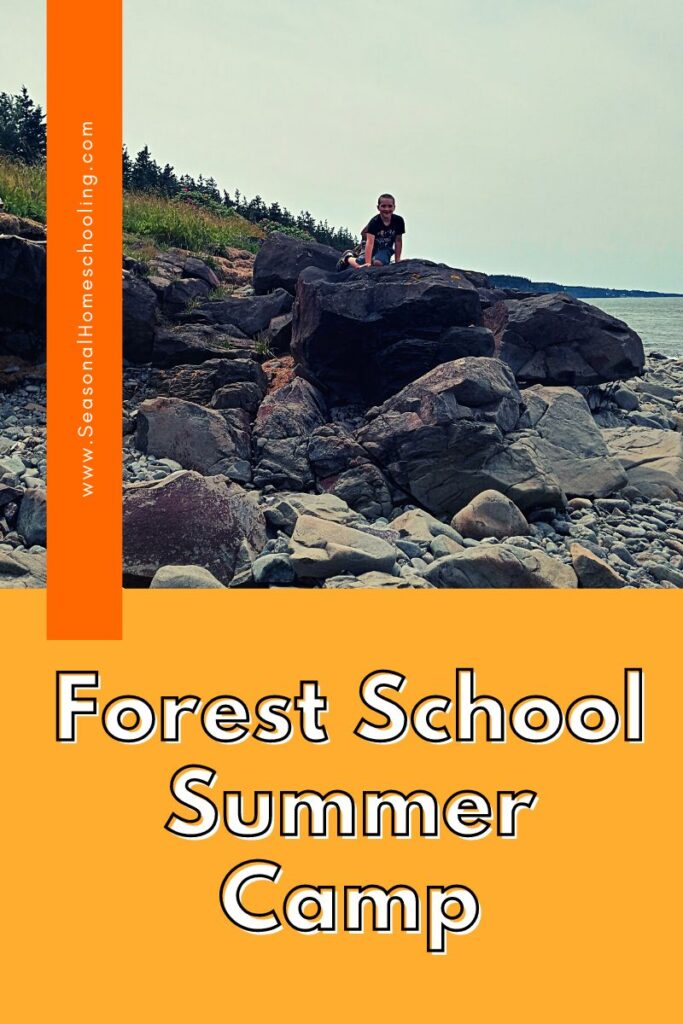
This post contains affiliate links, see my disclosure policy for more information.
Forest School Summer Camp
Forest school camps are all about getting kids outside, exploring nature, and learning in a hands-on way. Sometimes it’s nice to enlist a friend or two to make this more of a camp experience for the kids. This would also be a great way to get some kid-free time if you and your friends take turns “hosting”.
Here are some tips to help you plan your own forest school summer camp for your kids:
Location, Location, Location
The first step in planning a summer camp for your kids is to choose a location. Look for a nearby forest or park with plenty of natural features for your kids to explore, such as streams, ponds, and trails. Make sure the location is safe and accessible, with restrooms and parking available.
Your own backyard is also a great option if you have space or don’t want to have to travel to another location.
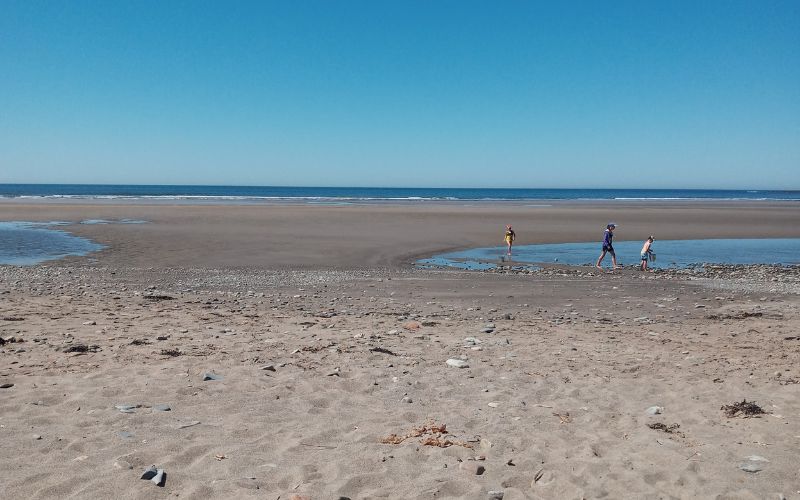
Time Commitment
Consider how many days you want to meet.
A week-long camp that meets every day can be a great way to dive deep into nature and allow kids to develop a strong connection with the natural world. However, if you have limited time or resources, you may consider a shorter camp that meets once a week over the summer.
Once a week might mean you are getting together with other homeschool families to explore a new area too. This would be the easiest for a lot of people I think.
Planning Activities
Activities could include things like
- nature walks
- scavenger hunts
- outdoor crafts
- games that encourage kids to use their imaginations and explore their surroundings
Make sure to include plenty of free play time, too, so kids can create their own adventures.
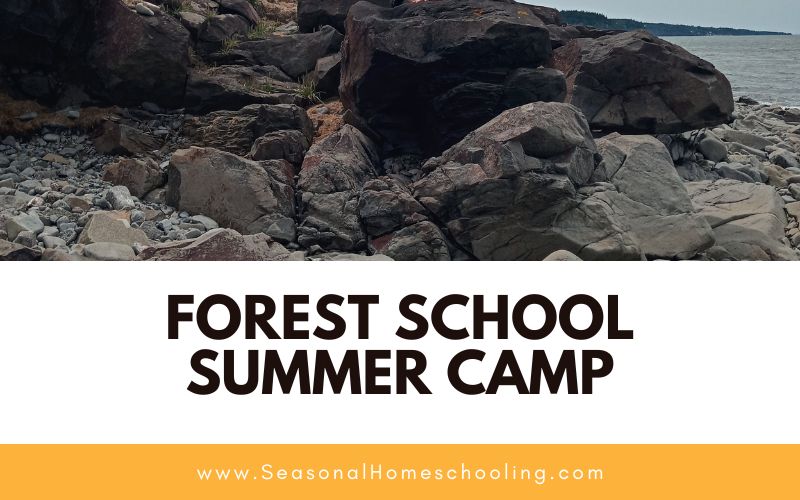
Make sure to choose materials that are safe and appropriate for outdoor use.
- sunscreen
- bug spray
- hats
- sturdy shoes
- first aid kit
Planning a forest school summer camp can be a great way to keep your kids learning and exploring during the summer break. By following these tips, you’ll be well on your way to creating a fun and educational experience for your homeschoolers.
You can open it up to as many families as you like, just remember to keep limits in mind. From your own personal limits of how many children you want to include, to the rules for having other families join you and whether or not your town/city has rules on large organized activities like these. The more you include, the more issues that will come up.


